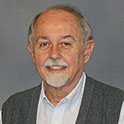
Richard Adams
"Our research is focused on the organometallic chemistry of polynuclear complexes for use as catalysts for energy conversions of fossil fuels and for the selective oxidation of hydrocarbons to higher value organic products."
The inorganic chemistry division consists of seven groups working in the fields of inorganic chemistry, solid-state chemistry, hybrid materials, organometallics, and catalysis. Synthetic chemistry and materials characterization are major components of our research.

"Our research is focused on the organometallic chemistry of polynuclear complexes for use as catalysts for energy conversions of fossil fuels and for the selective oxidation of hydrocarbons to higher value organic products."
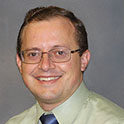
"We synthesize semiconductor nanocrystals and nanowires and use microscopy, spectroscopy and electronic transport measurements to explore the role of the surface in dictating their properties. We are also interested in applications of nanomaterials in energy production and biological fluorescence imaging."
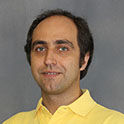
"Our research involves the synthesis of molecular catalysts for activation of important substrates such as dihydrogen, carbon dioxide, and alkenes. Our focus is on renewable energy, catalysis, inorganic, and organometallic chemistry."
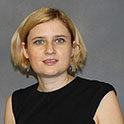
"We design photoswitches, artificial biomimetic systems, and materials for sustainable energy conversion based on porous graphitic frameworks."

"We design transition metal catalysts and catalytic methodologies for small molecule activations. The group focuses on transformation of organic molecules using molecular nickel and palladium catalysts. These transformations include C–C and C–heteroatom cross-couplings, deoxygenation of biomass, and C–H bond activation.."
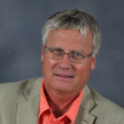
"We make novel metal oxides and nanoparticles and determine their atomic structures using electron, X-ray, and neutron scattering and explore their unique electrical, magnetic, dielectric, optical and photocatalytic properties."
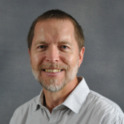
"We investigate the crystal growth of new materials, including new scintillating and luminescing oxides and fluorides, and new uranium and thorium containing structures. In the latter case, we synthesize new hierarchical wasteform materials for the effective immobilization of nuclear waste in persistent architectures."